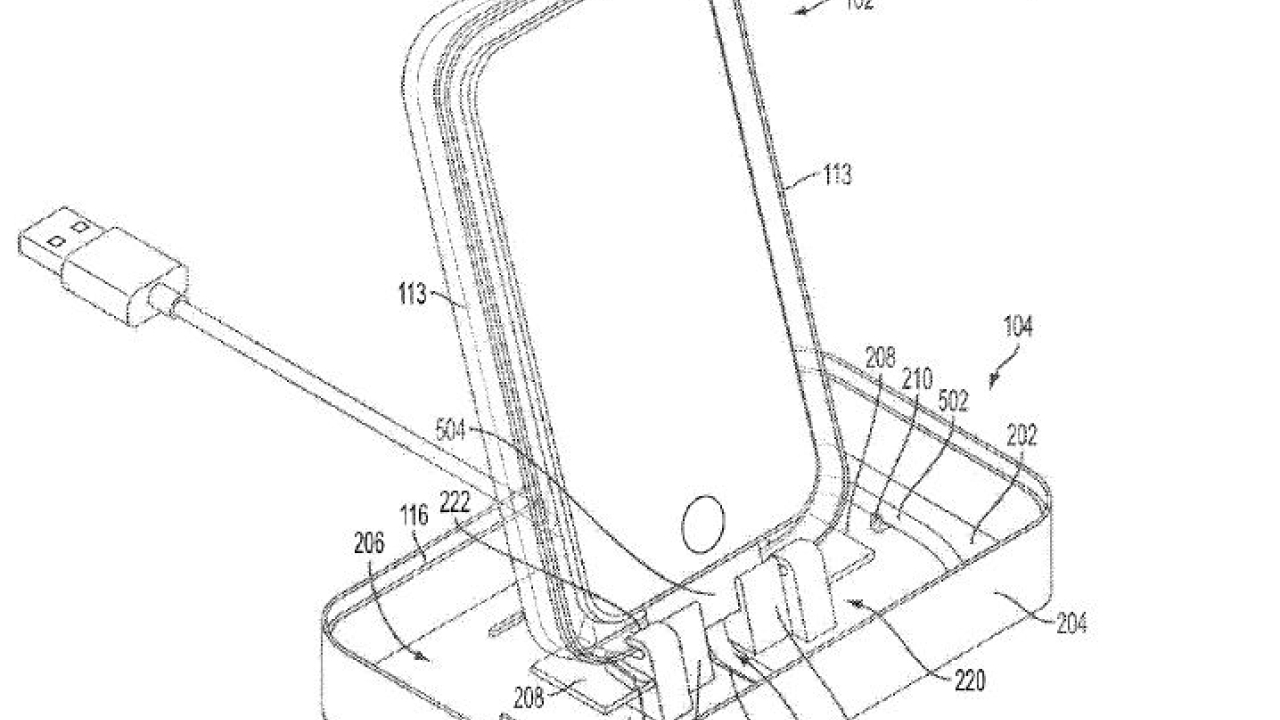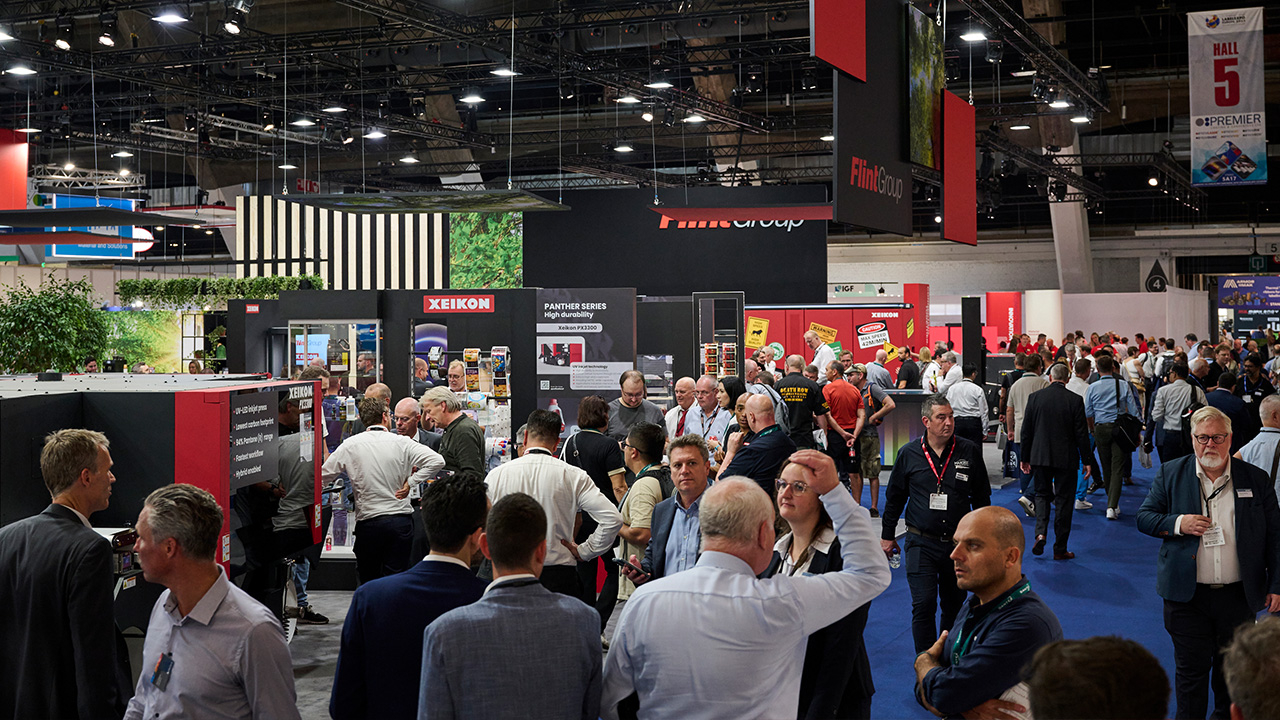Packaging to perform

The recent news that a patent has been granted to technology giant Apple for packaging that has a dual function, with both storage and display configurations, is further evidence of the need for modern cartons and flexibles to “perform”.
 The Apple patent, entitled “Packaging with multiple functions after opening”, includes details of how the packaging could be used as a means to support items, such iPads, iPhones and iPods, during charging, as well as act as an acoustic amplifier configured to amplify sound produced by an item when the lid is in its second configuration.
The Apple patent, entitled “Packaging with multiple functions after opening”, includes details of how the packaging could be used as a means to support items, such iPads, iPhones and iPods, during charging, as well as act as an acoustic amplifier configured to amplify sound produced by an item when the lid is in its second configuration.
According to the patent submission: ‘Products are often enclosed in packaging for distribution and sale. Conventionally, packaging has been designed to provide benefits such as physical protection of the product, aesthetic appeal to the consumer, and convenience during distribution and handling.
‘Conventional packaging materials, such as boxes, blister packs and clamshell packaging, are typically thrown away once the product is opened. Such single-use packaging can be inefficient, and such waste can have a negative environmental impact by accumulating in landfills and elsewhere in the environment.’
QR codes
Packaging’s need to perform, either through a secondary application or as a means to communicate further information by linking the physical and digital world, is a growing trend.
QR codes have been gaining traction for some time as a means for brands to provide additional information to consumers, but are still misused by some. For instance, the basic idea of a QR code is that it is read via a smartphone, so the site it is linking to must be optimized for access through mobile phones or tablets.
 I spotted a good example of a QR code properly deployed on a recent stay in a hotel, with the foil lid on a single serving of UHT milk printed with a code that directs users to a mobile website featuring nutritional, dietary and allergy information.
I spotted a good example of a QR code properly deployed on a recent stay in a hotel, with the foil lid on a single serving of UHT milk printed with a code that directs users to a mobile website featuring nutritional, dietary and allergy information.Augmented reality
Augmented reality also uses a smartphone to facilitate an interaction, but is a far more exciting technology for providing consumers with further information and content relating to a product or object in the physical environment, with virtual details delivered visually.
Outside of the retail environment, examples include Nokia City Lens, an overlay view of buildings that instantly highlights places of interest through a smartphone’s camera, and Project Glass, Google’s research initiative to develop an augmented reality head-mounted display (watch a promo video below).
The recently-launched Wonderbook: Book of Spells game for the PlayStation 3 console also uses augmented reality to bring a companion story to the Harry Potter series of books to life on the screen (see below).
Aurasma
Aurasma is an augmented reality platform that is owned by HP. Part of UK-based company Autonomy, which was acquired by HP, Aurasma was created out of technology that is capable of recognizing images, symbols and objects in the real world and understanding them. It can then deliver digital content in real time, including videos, animations, audio or webpages.
I have seen the technology in action on a couple of occasions, including bringing a static €20 note to life with the history of the common currency, as well as on packaging for games and children’s food products (as showcased in the below video).
Secondary applications
As for secondary applications, as the Apple patent details, the topic came up in a conversation I had with Leo Luxe at the recent Packaging Innovations show, where carton’s move from a packaging product to a promotion tool, and now a means to enhance the consumer’s experience, was discussed in detail.
The Leo Luxe stand at Packaging Innovations included a bottle box design that could be used as an ice bucket once opened, providing the primary packaging with a secondary “performance” function.
This week’s Emballage show in Paris included “I Love Pack Since 1947”, a display of 65 packaging developments through the ages. The showcase included a concertinaed champagne carton that doubled as an ice bucket also.
This secondary use has a limited application life, given the impact water and ice will have on the inner lining of the carton, but the Apple patent takes “performance” to another level by making the packaging a must-keep accessory to the main product.
As detailed in the patent, Apple believes this will have the added benefit of reducing the volume of packaging sent to landfill as consumers keep, maintain and re-use packaging, particularly if it provides something valuable to them. Apple docking stations can be costly to purchase, and although you could expect Apple to capitalize and add an additional cost to its product price as a result, it is unlikely any cost at the initial purchase point would match that of buying a high-end Bang & Olufsen speaker dock, which can run into triple figures, or even a cheaper system, from a manufacturer such as Bush.
Commodity to speciality
Apple is already renowned for making sure its packaging makes the biggest impact during the initial interaction between consumers and products, but the patent would extend the relationship far into the future, as packaging’s role shifts from a throw-away commodity to a speciality product offering unique features.
As the primary decoration tool for most packaging, whether carton or flexible, printing would have an important role in this. For example, inks, coatings and varnishes would need to be able to stand up to more frequent interaction with consumers and the environment. Xeikon's Durable Clear dry toner is a recent development along these lines, offering protection from scratches and scuffs via a digital spot varnish. Likewise, substrates would need to become even more durable.
Although intended for much more expensive products than everyday grocery items, could the Apple patent be the start of a new era of packaging that “performs”?
Stay up to date
Subscribe to the free Label News newsletter and receive the latest content every week. We'll never share your email address.


